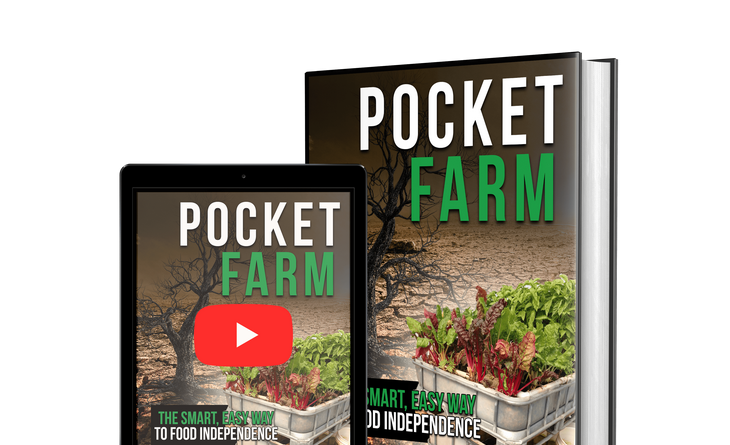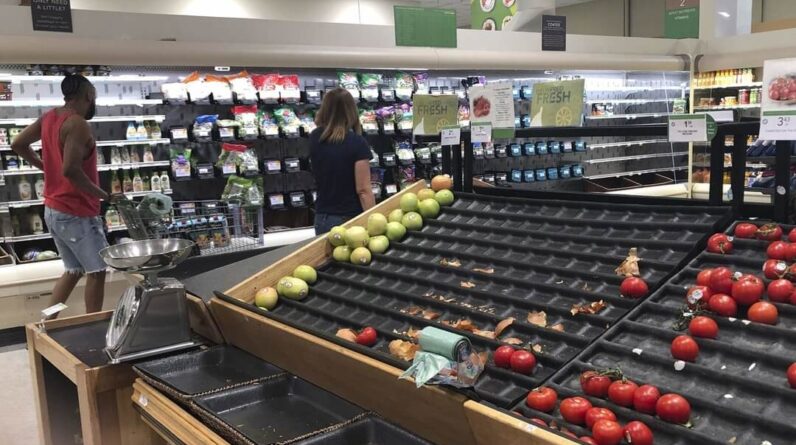
Survival Seed Emergency Supply: Your Key to Thriving During Unprecedented Inflation and Food Shortages
Understanding the Importance of Survival Seeds
Survival seeds are a vital resource in preparing for unforeseen food shortages that may arise due to various factors such as natural disasters, economic instability, or global pandemics. These seeds are often heirloom or non-GMO varieties, prized for their ability to produce robust crops that can be harvested and replanted season after season. This characteristic not only ensures a self-sufficient food source but also promotes biodiversity within our agricultural ecosystems.
The significance of survival seeds extends beyond the individual level; communities equipped with these seeds can cultivate a resilient local food system. During times of scarcity, reliance on external food sources may not be viable, and having the capability to grow one’s food becomes crucial. By investing in survival seeds now, individuals and communities can prepare for potential future challenges, fostering food independence and security. Such preparedness is also a way to mitigate the effects of unpredictable market fluctuations that can lead to food shortages.
Historically, societies that have encountered food shortages have faced dire consequences, ranging from economic decline to social unrest. The well-documented famines and agricultural crises serve as reminders of the fragility of our food systems. By understanding the importance of survival seeds, we acknowledge our responsibility to be proactive in cultivating our food sources, thus protecting future generations from the vulnerabilities presented by food scarcity.
The benefits of using heirloom and non-GMO seeds are numerous, as they not only provide reliable yields but also preserve the genetic diversity essential for resilient food crops. This diversity allows for adaptability to changing climatic conditions and pest resistance, further contributing to long-term food security. In summation, embracing survival seeds is a prudent strategy for anyone seeking to thrive amidst potential food shortages and ensuring a sustainable path forward.
Choosing the Right Survival Seeds for Your Needs
When it comes to preparing for potential food shortages, selecting the appropriate survival seeds is essential. There is an array of options available, with varieties including vegetables, fruits, grains, and herbs. Each type of seed serves different roles in a survival garden, so understanding the traits and benefits of each can significantly impact your sustenance during challenging times.
First, consider your geographical location and climate. Certain plants thrive in specific environments; for example, tomatoes flourish in warm climates, while kale tolerates cooler temperatures. Assess the hardiness zone in which you reside to ensure you opt for seeds that will develop well in your area. Additionally, take stock of your personal dietary preferences, as this will inform which vegetables, fruits, or grains you might prioritize. Grow what you consume to maximize your resources and minimize waste.
The quality of seeds also matters greatly for long-term viability. Choosing high-quality suppliers is crucial, as they provide seeds that are organic, non-GMO, and open-pollinated. Look for companies that offer a robust warranty or guarantee on seed germination rates, reflecting their commitment to quality. Furthermore, examine the packaging for clarity regarding storage conditions and best before dates, ensuring longevity for your seed bank.
Practical tips for creating a diversified seed bank include opting for a mix of staple crops—such as beans and corn—and fast-growing varieties like radishes and leafy greens. This diversity mitigates risks associated with pests, diseases, and changing weather conditions. Collecting seeds from your successful harvests can also supplement store-bought varieties, allowing for more tailored options in the future.
Storing and Maintaining Your Seed Supply
To ensure the viability of your survival seed emergency supply, proper storage and maintenance practices are critical. One of the main factors affecting seed longevity is environmental conditions, particularly temperature, humidity, and light exposure. Ideally, seeds should be stored in a cool, dark location to inhibit degradation. The optimal temperature for seed storage is typically around 40°F (4°C), while humidity levels should be kept below 20%. Utilizing airtight containers such as glass jars or vacuum-sealed bags can help achieve the ideal storage conditions, minimizing moisture and ensuring that seeds remain viable for extended periods.
Excess light can damage seeds and compromise their germination potential. Therefore, it is advisable to store your seeds in opaque containers or in a dark area. Regular checks on stored seeds for signs of moisture or mold are also essential for maintaining seed quality. If conditions become unfavorable, transferring seeds to a more suitable storage solution can help preserve their viability.
Testing seed germination regularly is another important aspect of maintaining your supply. A simple method involves placing a few seeds on a moist paper towel and keeping them warm; the number of seeds that germinate over a few days will provide a good indication of overall seed health. It is also beneficial to maintain accurate records of your seed inventory, including planting dates and germination results, to monitor your supplies efficiently.
Implementing a seed rotation strategy will help keep your survival seed emergency supply fresh. Use older seeds first and replace them with new inventory. By doing so, you can maximize the effectiveness of your seeds while minimizing waste. These diligent practices empower you to maintain a robust seed supply, ensuring you are well-prepared to thrive during times of unprecedented food shortages.
Preparing for Food Shortages: Building a Sustainable Garden
Establishing a sustainable garden is an invaluable step toward enhancing food security, particularly during periods of unprecedented food shortages. One of the most critical factors to consider is soil health, as it serves as the foundation for plant growth. To optimize soil vitality, it is essential to test soil pH levels and incorporate organic matter, such as compost or well-rotted manure, which enriches nutrient content. Moreover, practicing good soil management techniques like mulching can help retain moisture and regulate temperature, further enhancing your garden’s productivity.
Crop rotation is another vital practice that aids in maintaining soil health and reduces pest infestations. By alternating different types of crops in specific sequences each planting season, you can prevent nutrient depletion and disrupt the life cycles of pests. Additionally, companion planting, which involves growing different plant species in proximity, can yield numerous benefits. Certain plants can deter pests or provide nutrients to their companions, creating a more resilient and productive garden ecosystem.
Pest management is essential for sustainable gardening. Instead of relying on chemical pesticides, consider employing natural methods such as introducing beneficial insects or utilizing organic repellents. Keeping plant diversity also helps minimize pest opportunities, as various species can attract beneficial insects that prey on harmful pests. Furthermore, the use of natural fertilizers, such as compost tea or seaweed extract, promotes robust growth while avoiding the harmful effects of synthetic chemicals.
Community involvement is equally crucial in building resilience against food shortages. By sharing knowledge about sustainable gardening practices, organizing local seed swaps, or collaborating on community gardens, individuals can strengthen their networks and broaden their resource bases. Engaging in such activities fosters a sense of community spirit, enabling neighbors to thrive collectively during challenging times. Ultimately, by investing time into building a sustainable garden using survival seeds, one can take proactive steps to secure food independence and contribute positively to the community.







